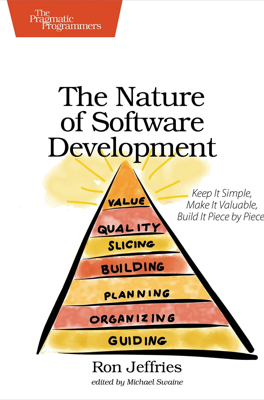Refactoring
The Importance of Refactoring: Maintaining a clean and clear design through regular refactoring is critical to sustain steady progress in software development. Visible, working software reveals the development's current status, influencing decisions on future actions and priorities.
Consequences of Neglecting Refactoring: - Developers might experience erratic work pace even if the tasks seem uniformly difficult. - Ignoring code quality can result in increased defects, planning complications, and ultimately, a slowdown in progress which risks the delivery of an optimal product.
Understanding Accidental Difficulty: - The time required to develop a feature is affected by its inherent difficulty and the "accidental difficulty" of integrating it into existing code. High-quality code reduces accidental challenges, whereas "bad code" can transform simple tasks into complex ones.
Strategy to Handle Difficult Code: - Avoid creating and perpetuate "twisty little passages" of complex, unintuitive code. - Implement the Campground Rule: Improve the code incrementally as you work on it—always leave it a bit better than you found it. This approach prevents extensive areas of the codebase from degrading, while areas of frequent modification receive more thorough attention and improvement.
Practical Tips for Refactoring: - Refactoring should be a regular activity, integrated with feature development rather than a separate task. - Instead of large-scale rewrites or halting feature development for "code clean-up," focus on incremental improvements. This ensures continuous progress and avoids the risks associated with extensive system rewrites.
Management's Role: - Managers should encourage and create environments where refactoring is a priority. This includes reducing pressures that lead to rushed code or inadequate testing. - Observation of erratic progress or noticeable slowdowns often indicates a need for more focused refactoring efforts.
By adhering to these principles, teams can sustain their development pace and improve the product quality consistently, mitigating risks associated with complexity and technical debt.
